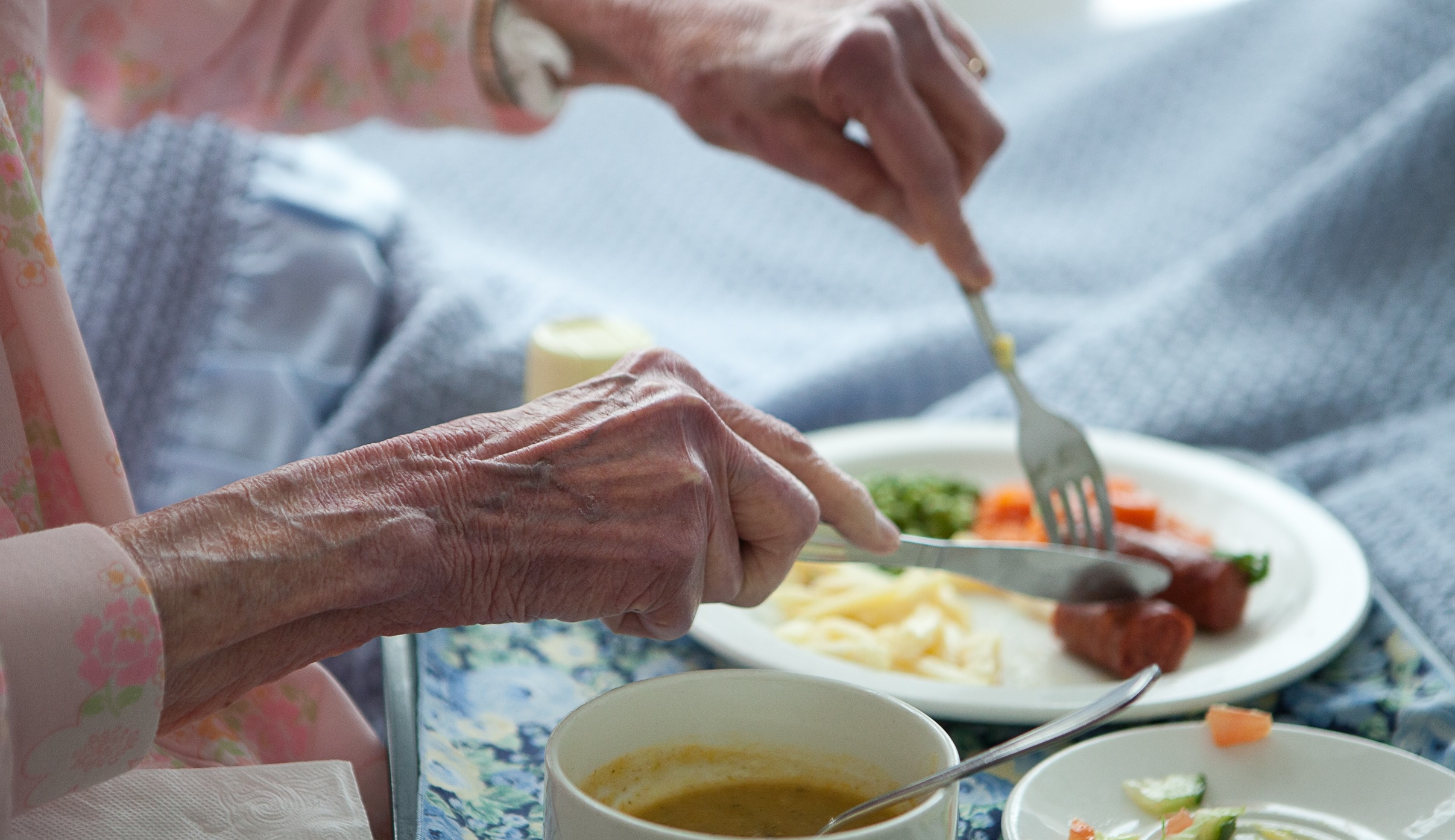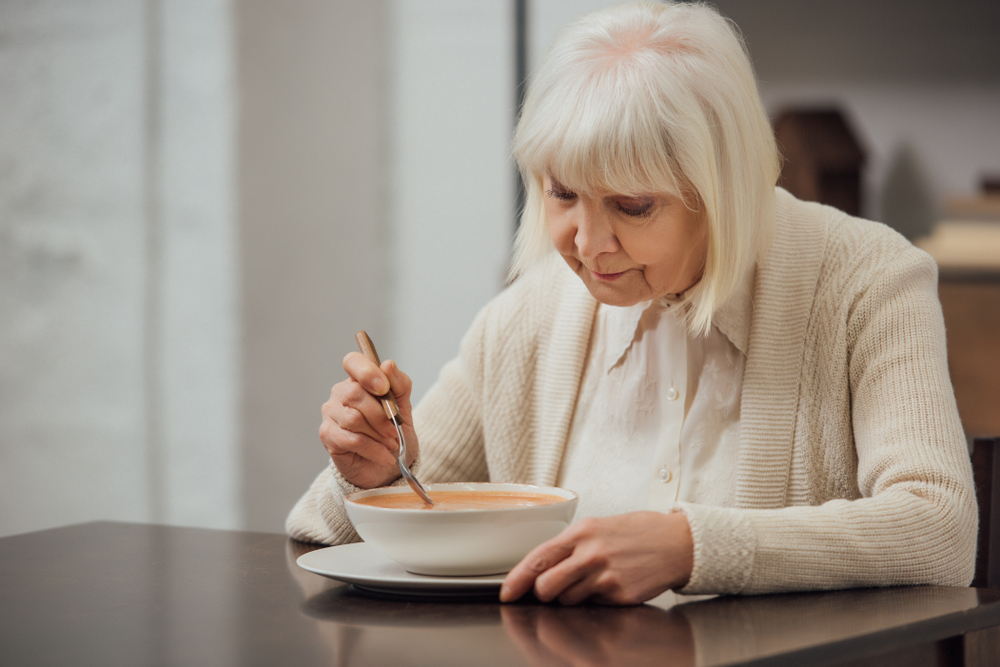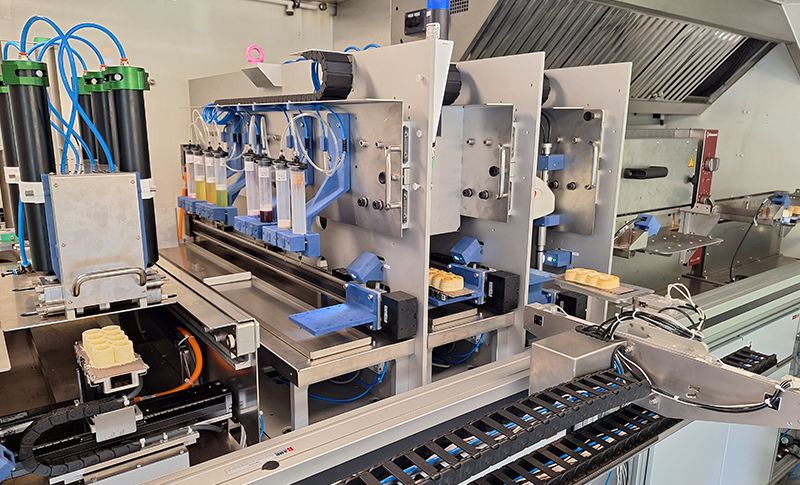Malnutrition is something that happens in developing countries, right? Not so, according to a study by nutrition statistician Jos Borkent. He did his PhD on malnutrition in the elderly: Malnutrition during the journey of aging. And the results are disturbing.
In the Netherlands, over 13 per cent of elderly people (65+) still living independently are undernourished. That means that because they don’t eat enough, their BMI is too low, they suffer from weight loss or they have low muscle mass. And as many as 69 per cent of them are at risk of becoming undernourished because they are lonely, infirm, poor or for some reason unable to cook.
The figures are alarming, Borkent agrees. ‘We have about three million elderly people living independently in the Netherlands. So we are talking about 400,000 people whose health is suffering due to poor nutrition. With the ageing population, that number is only going to increase. And the older people get, the greater the risk of malnutrition. And people are reaching greater ages than ever before.’
Ready meals
Malnutrition is the final stage of a process. It often starts with the loss of a partner. Men have never learned to cook, and women stop bothering to cook just for themselves. Ready meals seem like a solution, but often they are not because elderly people don’t get enough protein from them. That is partly because of the portion sizes. Borkent: ‘The portions are too big for many elderly people, so they save half for the next day. That includes half of the meat, so that they still have a complete meal the second time.’ The answer is obvious: adjust the composition of the meals: ‘Fewer potatoes and vegetables, but the same amount of meat.’
Nursing homes
In nursing homes, the problem is even more acute than for elderly people living at home. Borkent’s study shows that 80 per cent of residents do not get the recommended amount of protein and calories. When they arrive, 10 per cent of the elderly are already undernourished. Another 15 per cent become undernourished in the institution.
Should you present people in the last phase of their lives with a total change of diet?
These figures raise important questions. ‘This can’t be solved with an extra slice of cheese,’ says Borkent. ‘There is also the question of whether you should still aim to improve on the situation. Should you present people in the last phase of their lives with a total change of diet? How much point is there in doing so? Do they want it themselves?’
This should really be addressed on admission, Borkent thinks. ‘Nowadays, you can make agreements on whether you want to be resuscitated. You could do the same in the area of nutrition. Malnutrition is an illness. If someone does not want to be treated for it, who are we to insist that they should start eating optimally?’
Yet even simple measures can be beneficial, says Borkent. Like better training for purchasers and nursing staff. ‘People often assume that nursing homes have a cook in the kitchen, but it’s just nursing staff. Often 17-year-olds in training.’

 Photo Shutterstock
Photo Shutterstock 

